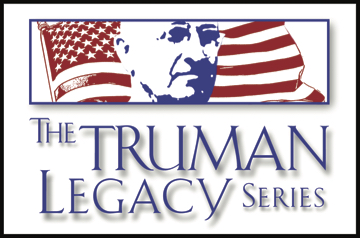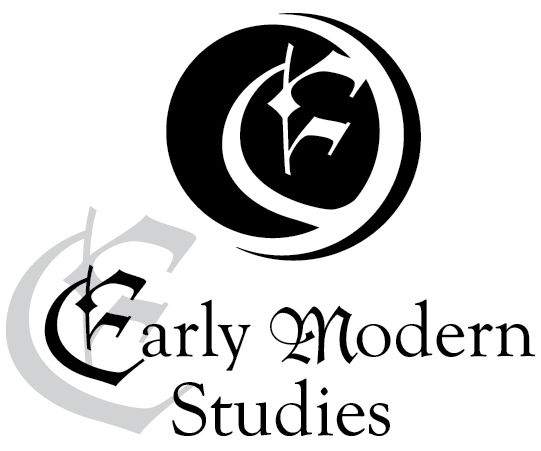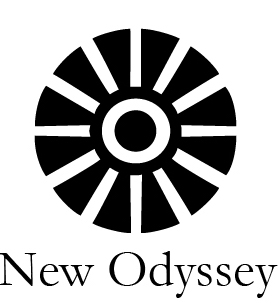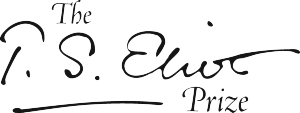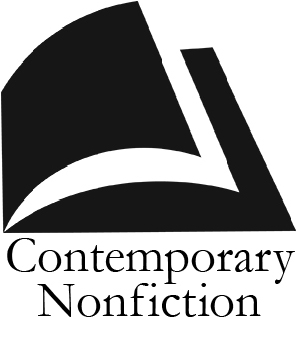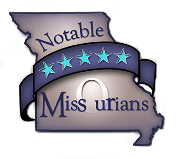An interview with Sharon Harrigan, author of Playing with Dynamite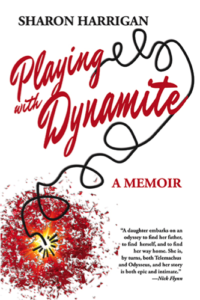
By Miriam Young
The title of your book refers literally to the story you tell about how your father lost his hand, but I get the sense that there is more to the title than that. What significance does it have to you in a more figurative sense?
When I started writing this book, I thought the title was about my father. About his two mysterious accidents—losing his hand at nineteen and losing his life at thirty-two. When I asked what “playing with dynamite” meant, my mother said she didn’t know. For many years, I was afraid to find out, so I made up my own theories, my own stories. I could imagine whatever I wanted.
I was known as cautious and self-effacing to a fault, so I thought the title had nothing to do with me. And yet, as I started asking questions and investigating my family’s past, I realized I was taking enormous risks. Bigger than I’d ever taken in my life. I was the one playing with dynamite, by asking questions and digging up secret
As any memoirist knows, we can’t tell our own story without including the stories of others. They don’t ask to be put on the page. We can try to be ethical and truthful and compassionate, but in the end, all writing is a kind of betrayal. That’s why on the cover of my book the letters in the title turn into a fuse. It’s the writing itself that blows everything up.
Oftentimes our relationship to certain memories colors our perception of people and events. How did you balance conflicting memories as you reimagined emotionally charged events?
I joke with people that I always make things harder for myself than I need to, so I wrote a memoir about not, being able to remember. I was only seven when my father died, so I knew I would have to rely on other people’s memories, too. And I realized right away that we would all remember things differently. Those differences became part o f the story. Why did one person remember my father as a bully, another as a saint, for instance? Why do some of us block out traumatic events, while others hold onto them stubbornly?
f the story. Why did one person remember my father as a bully, another as a saint, for instance? Why do some of us block out traumatic events, while others hold onto them stubbornly?
I also wanted to document how my understanding of my family story evolved, in real time. I take the reader with me on my fact-finding journey. I start out with the stories I think I know. And, as I find out more, the reader watches these stories change.
You approach this book as an exploration of the past, a way to fill in gaps in your identity. What sense of wholeness have you gained from writing this memoir (if any)?
There’s a scene in the book where my boss at the publisher where I used to work, tells me to get assertiveness training if I want to get ahead. I never took his advice. But at the end of my book, I felt as if I had. Mustering the chutzpah to ask the questions I was so sure were dangerous—that’s what finally burned the insecurity right out of me.
I think we often get stuck in our childhood roles, even as adults. I was the “nice” one. I thought of myself as a “good” daughter, meaning self-sufficient and no trouble. My brother was the “smart one,” my sister the “strong one.” At the end, I realized I could be “smart” and “strong” too. And that maybe I wasn’t as “nice” as I thought. Which turns out to be a good thing. In an era of “nasty women,” I may have finally caught up.
You talk about your father being a larger-than-life sort of character in your memories of him. In what ways has this affected your perception of your family legacy?
My over-the-top memories of my father made my family and, by extension, me, feel special. It was thrilling to remember him driving only with his knees, flooring the gas at 100 mph. He could build an airplane from scratch in the garage—all with one hand. To a child, a man like that could do anything. I never really saw him from anything but a child’s point of view, one filtered through awe.
At the end, he became human, which meant I could finally grieve for him. You can’t grieve for someone who doesn’t seem real.
When your first essay (that turned into this book) was published, you wrote about being reluctant to share it with family members. In what ways did that hesitancy influence your book?
I was too chicken. That’s the short answer.
I didn’t realize it at the time, but I think part of the reason I didn’t want to show my family that essay (and the one that followed) was because I wasn’t ready to allow my memories to be changed by other people’s. I wanted to keep my stories intact. They had kept me company for so long, helping me cope with my father’s loss.
But privacy has side effects. If certain topics seem off limits, people might start to avoid each other, to keep from bringing things up that might be painful. Or talk might skim the surface. It’s hard to be intimate if you’re always afraid of saying the wrong thing.
Once my mother did read my essay, she started sharing more stories with me. About my father, my childhood, and herself. Telling me things it seemed she’d been waiting so many years for me to be ready to hear.
So the benefits of sharing can be more sharing. Open up to someone and that person will more likely open up to you, too.
The other thing I want to say, though, is that my initial fears were founded. Talking about how my father died WAS dangerous. Just not in the way I had thought.
Traumatic incidents within families often leave scars beyond what we can comprehend or imagine, and there are always some people who are more reluctant to share their memories. What questions would you ask if you felt like they would be answered?
Of course, I’ve always wished I could talk to my father. I’d ask his opinion about books and politics and religion and philosophy and science. I just want to go on a walk in the woods with him and talk and talk and talk.
But you mean people who are still alive. I’d like to ask my sister what she remembers. I’d like to hear her side of the story, though I understand that revisiting the past can be painful for some people, and I respect her decision to remain silent, to live in the present.
We all have different timelines, and I think my brother and sister are way ahead of me. My mother told me recently that she’s not surprised that I’m the one still puzzling out the past. Unlike my siblings, I didn’t act out at the time, when my father died. My mother didn’t get calls home from my teachers. I pretended everything was fine. Well, obviously, everything wasn’t fine. How could it be? And grief doesn’t go away just because you hold it in. It just settles in deeper, making less room for other things.
I don’t think I’m the only person to have such a delayed reaction. Lots of us have experiences in our childhoods that we can’t process until we’re older. I hope readers take away from my story that it’s never too late.

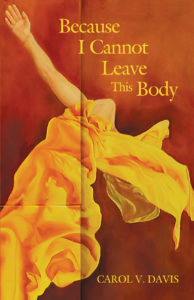
 for me. I had never been in Nebraska, never been on the prairie (except driving cross country as a child) and I found that environment very interesting. There are a number of poems from that experience and a second NPS residency in 2015 at
for me. I had never been in Nebraska, never been on the prairie (except driving cross country as a child) and I found that environment very interesting. There are a number of poems from that experience and a second NPS residency in 2015 at 
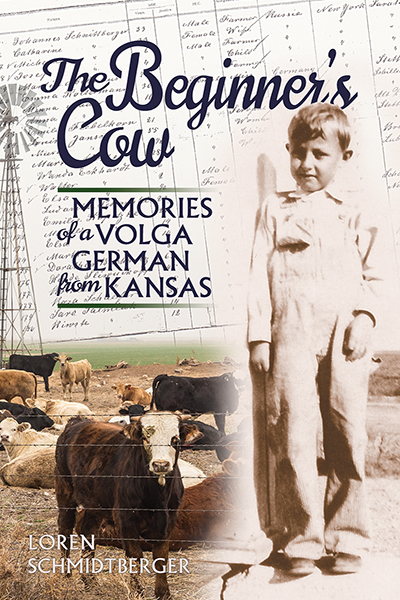
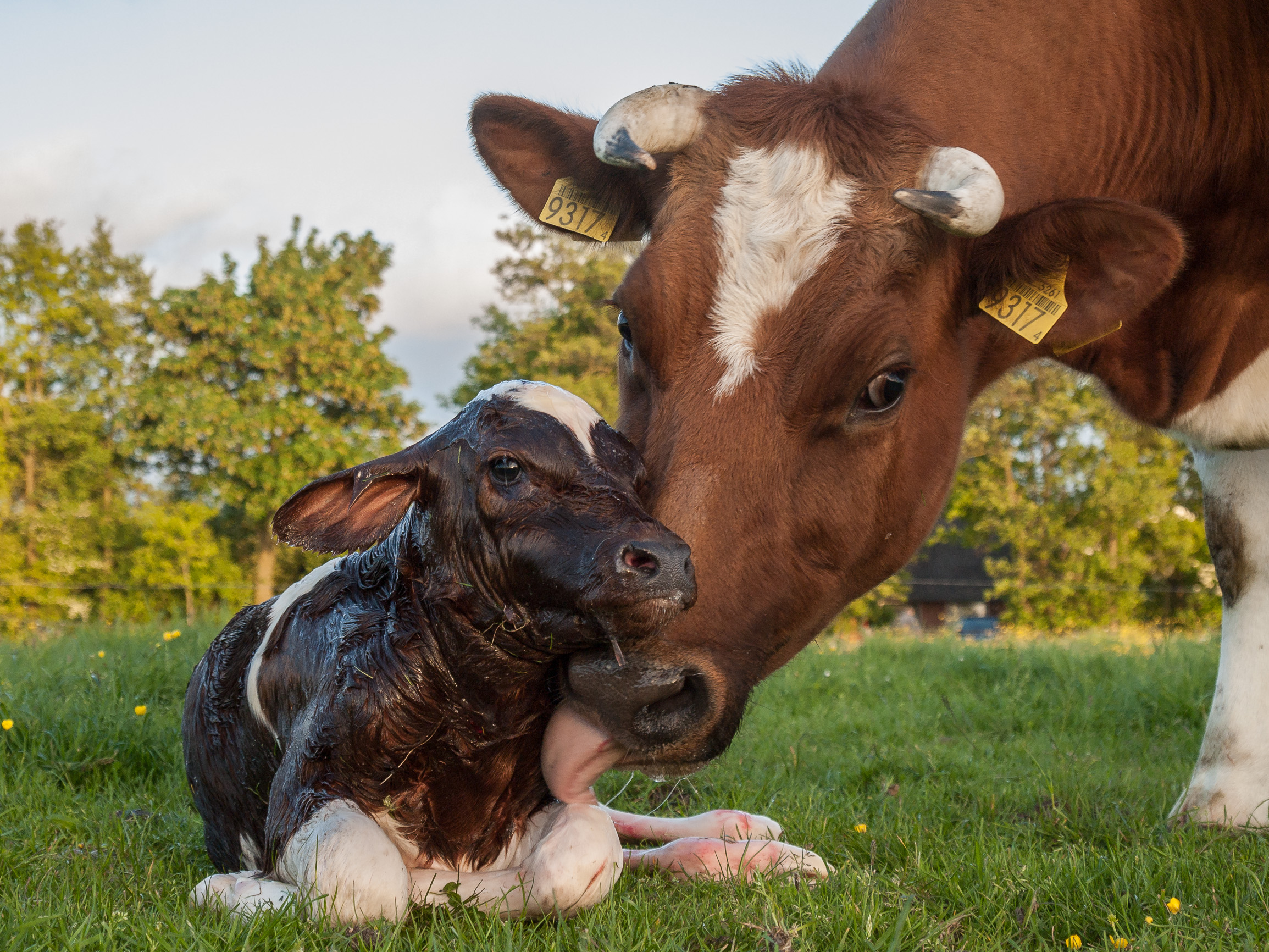 ngest, most recent child in our family to join the milking rotation. I bawled my heart out when I saw her hauled away.
ngest, most recent child in our family to join the milking rotation. I bawled my heart out when I saw her hauled away.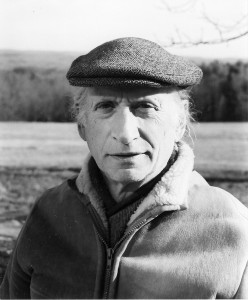

 uman State University Press
uman State University Press
